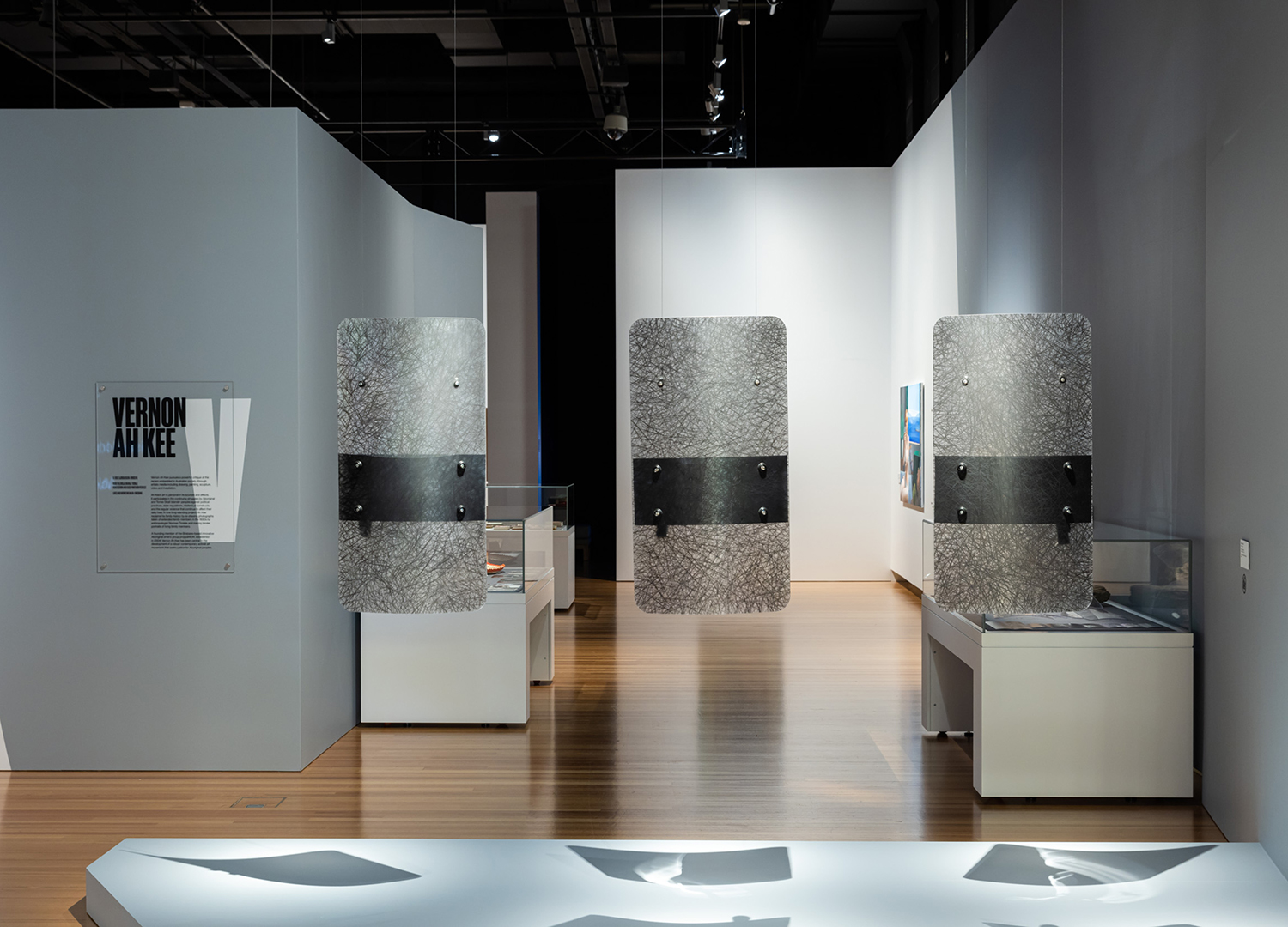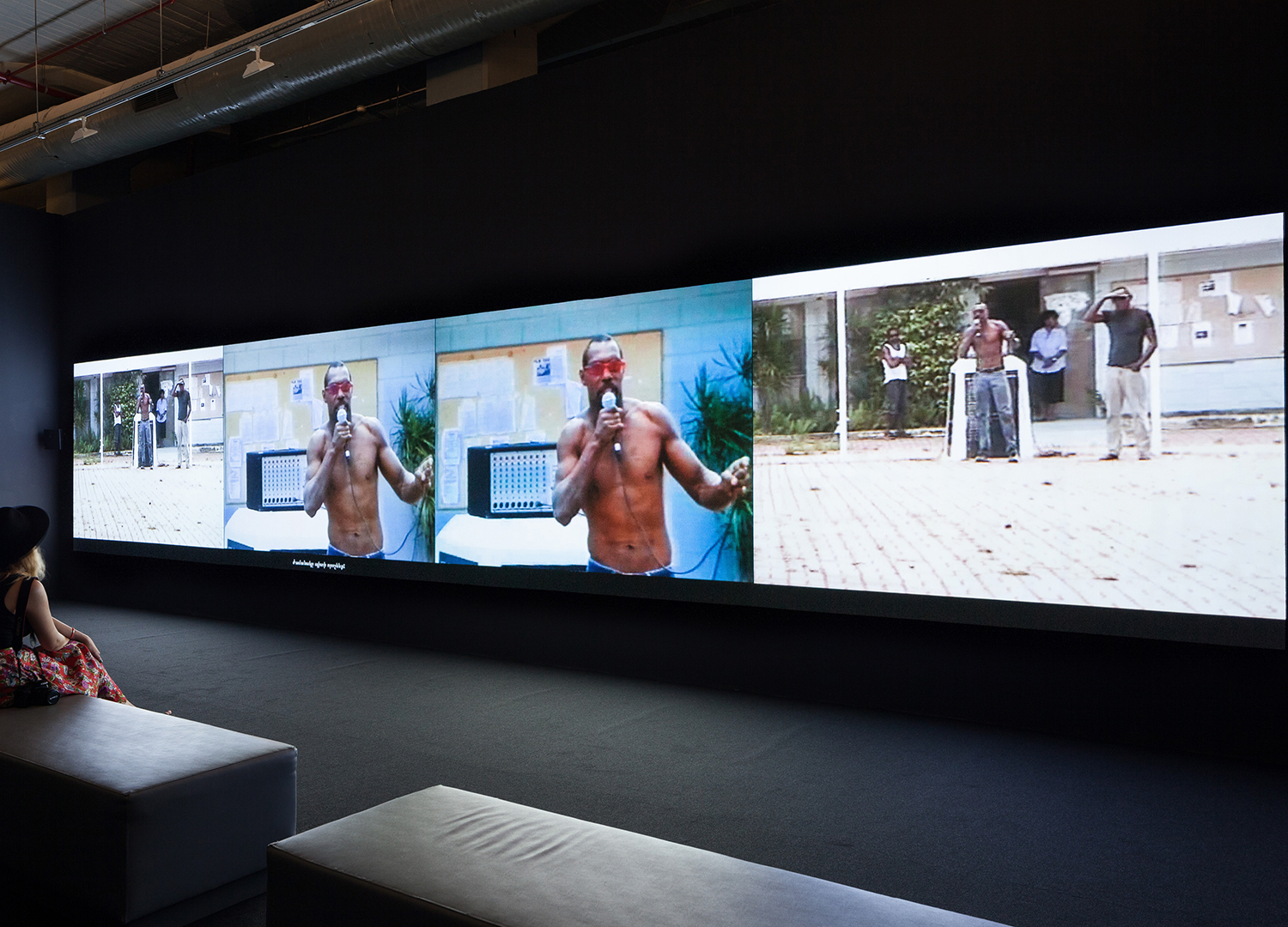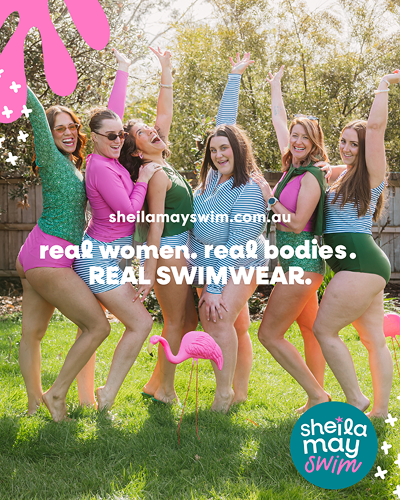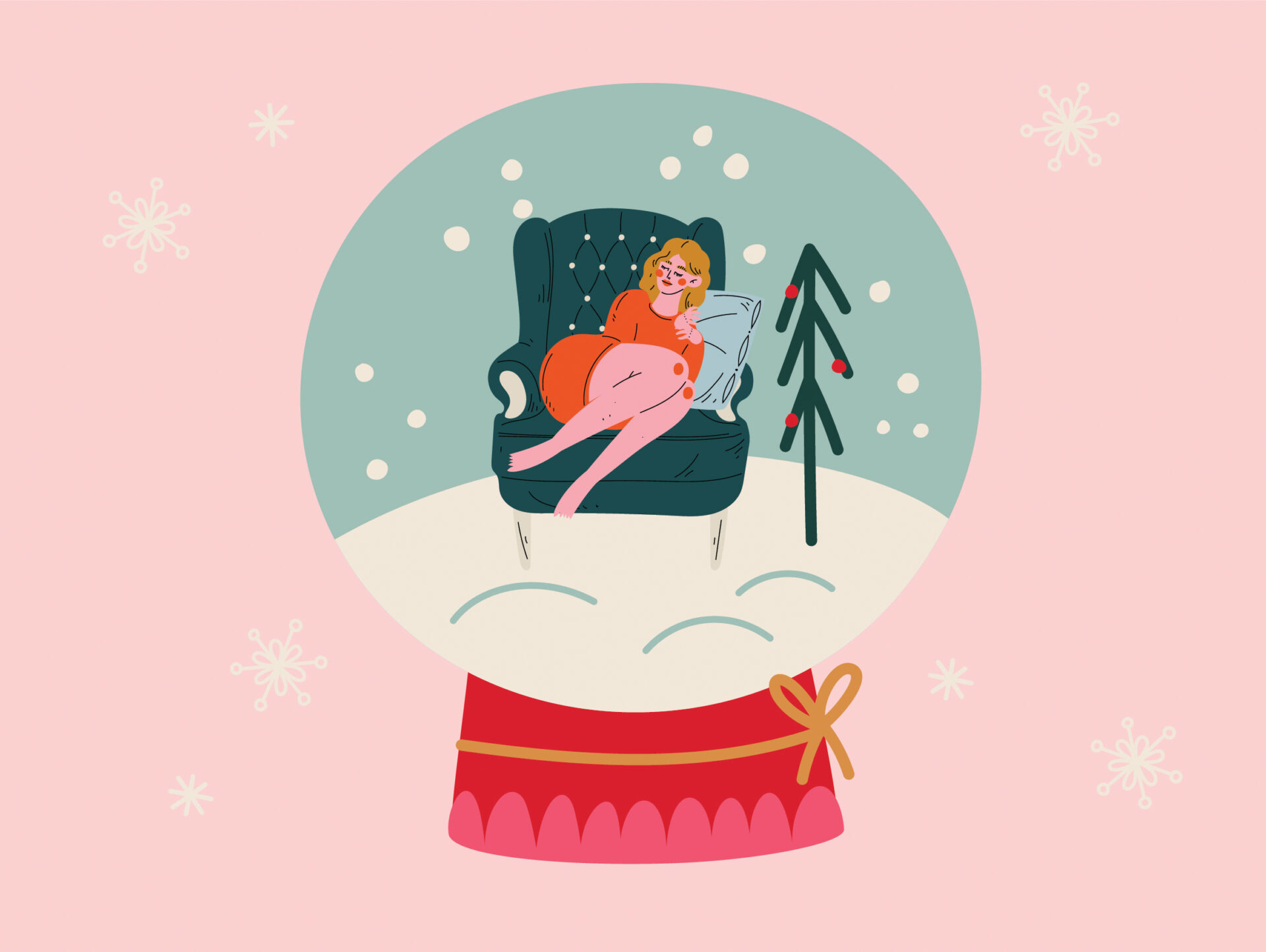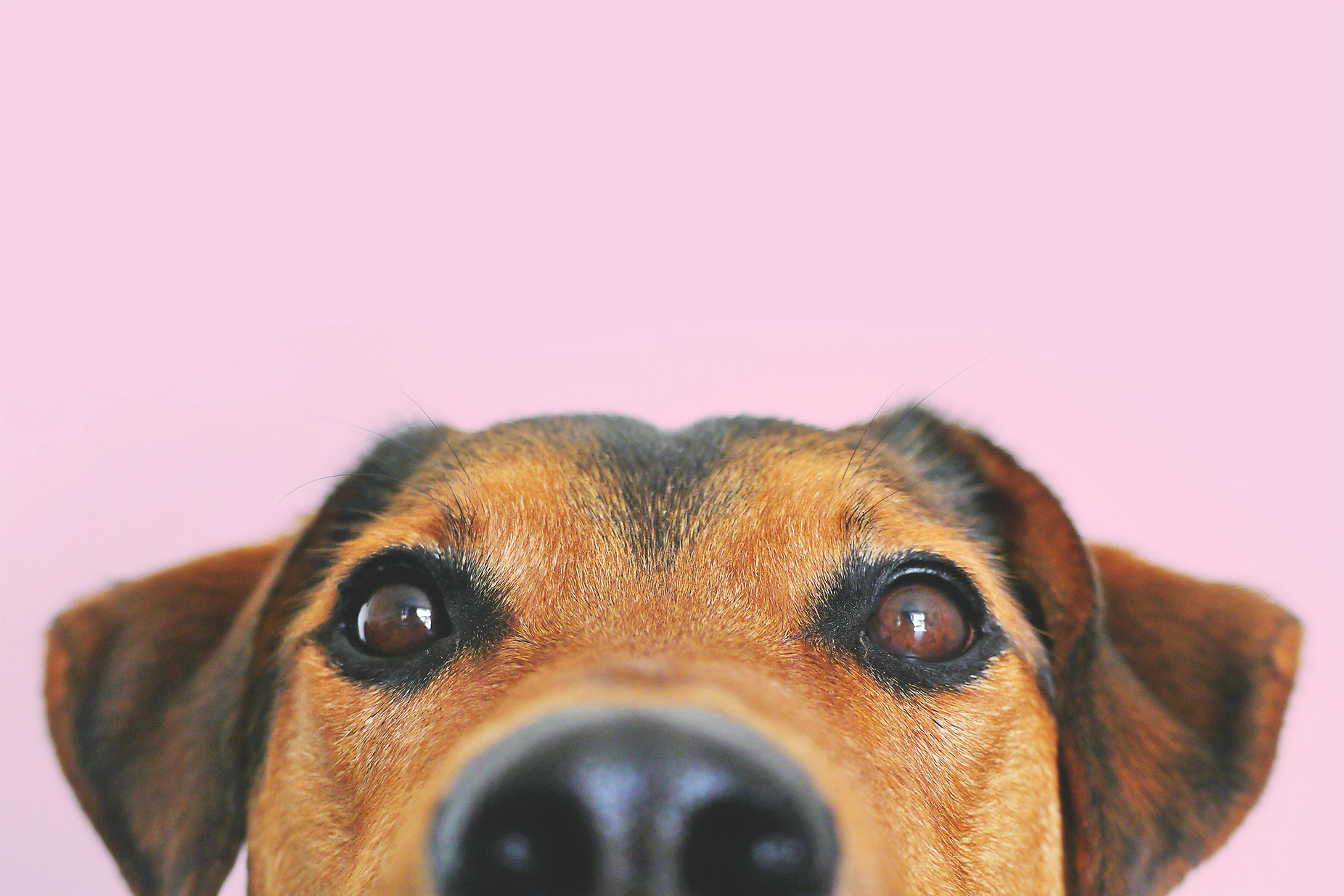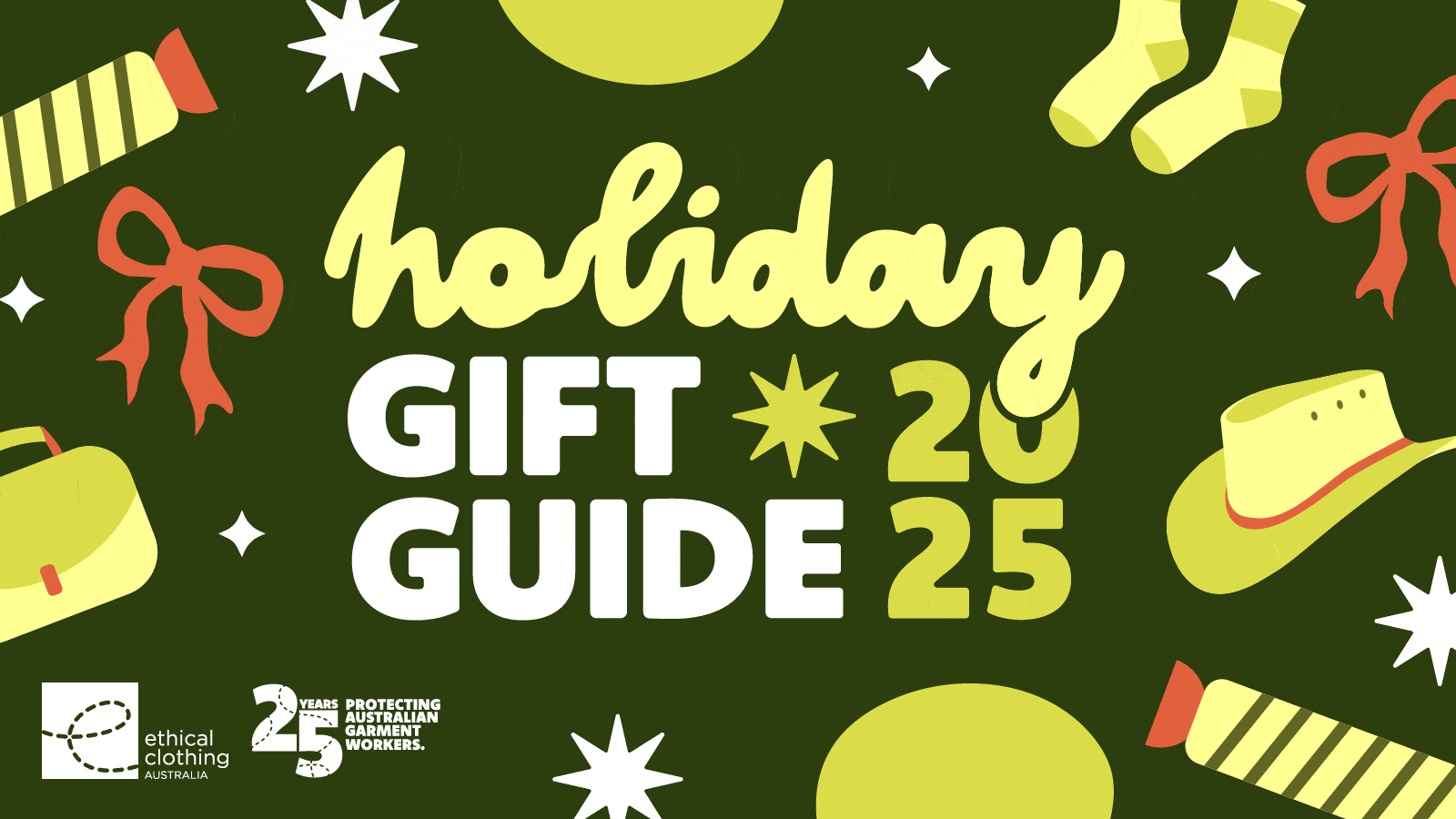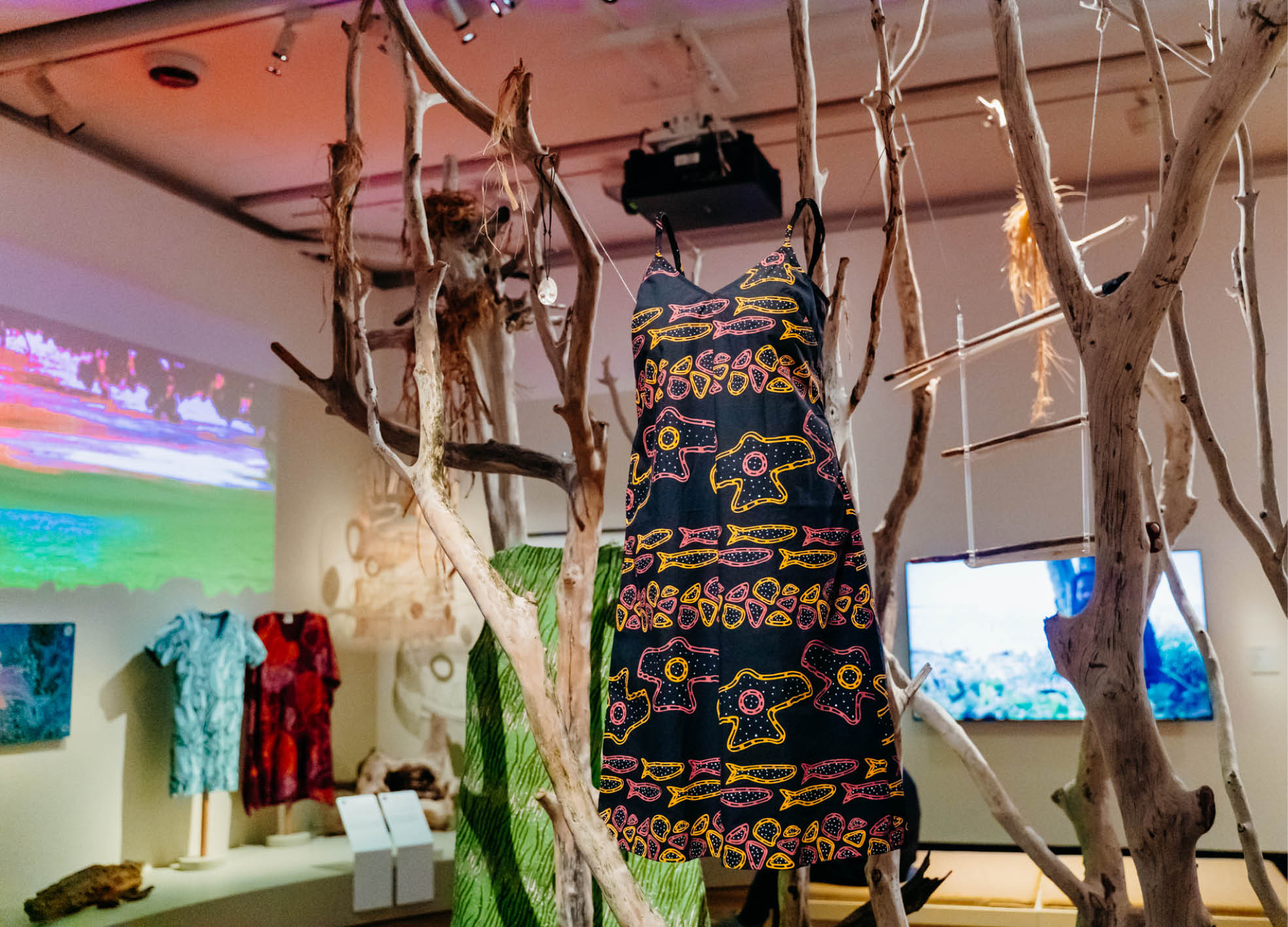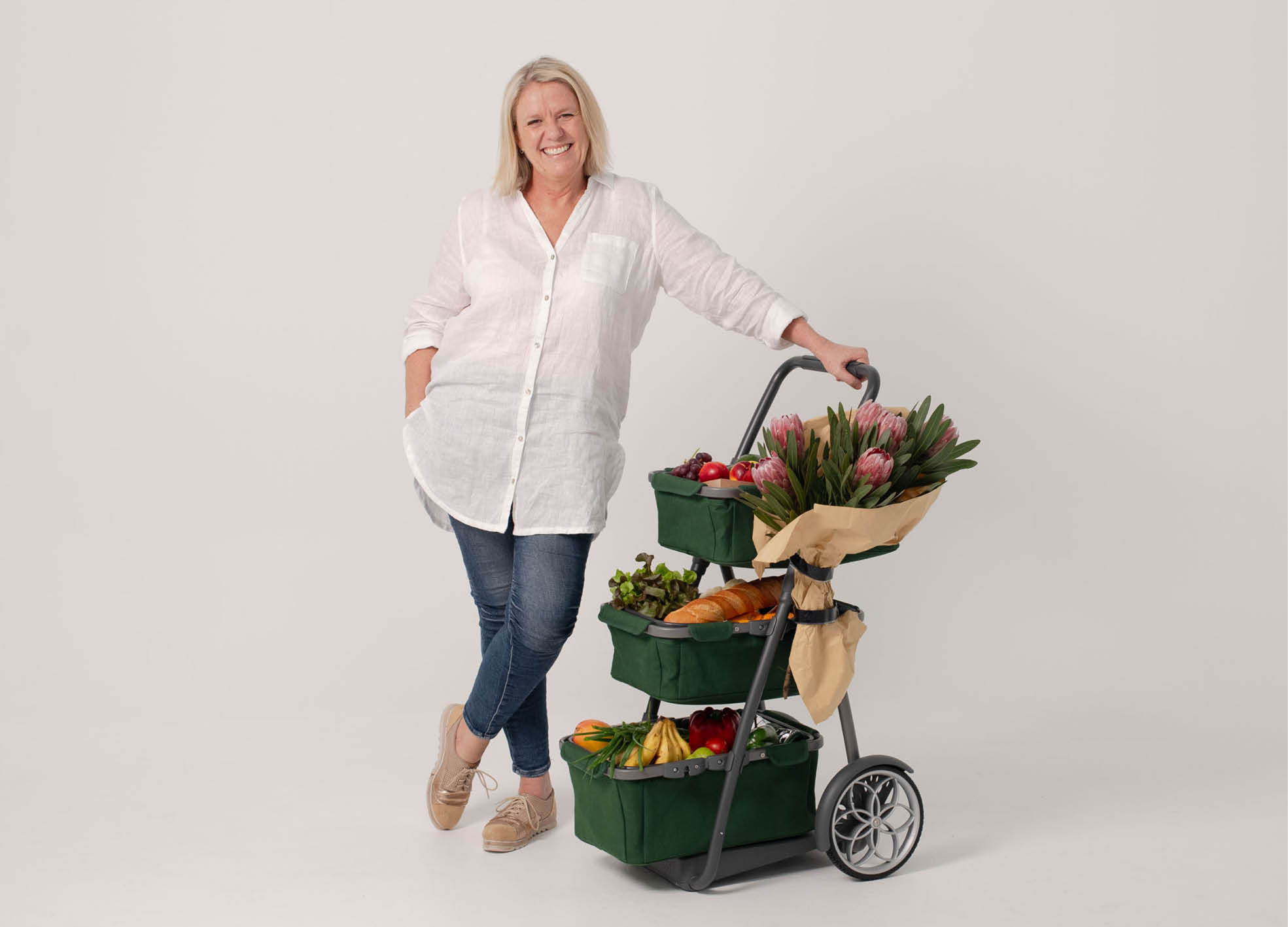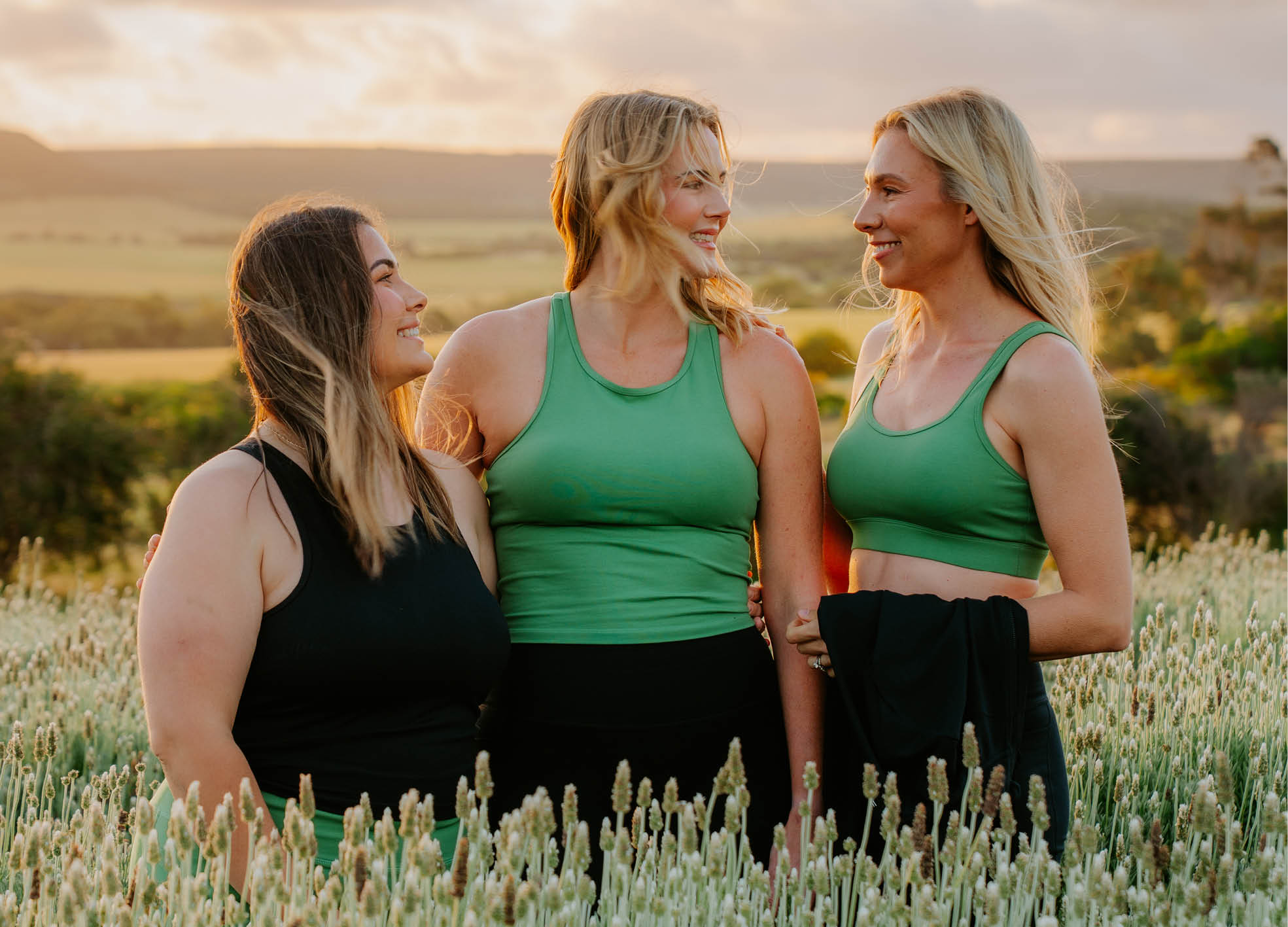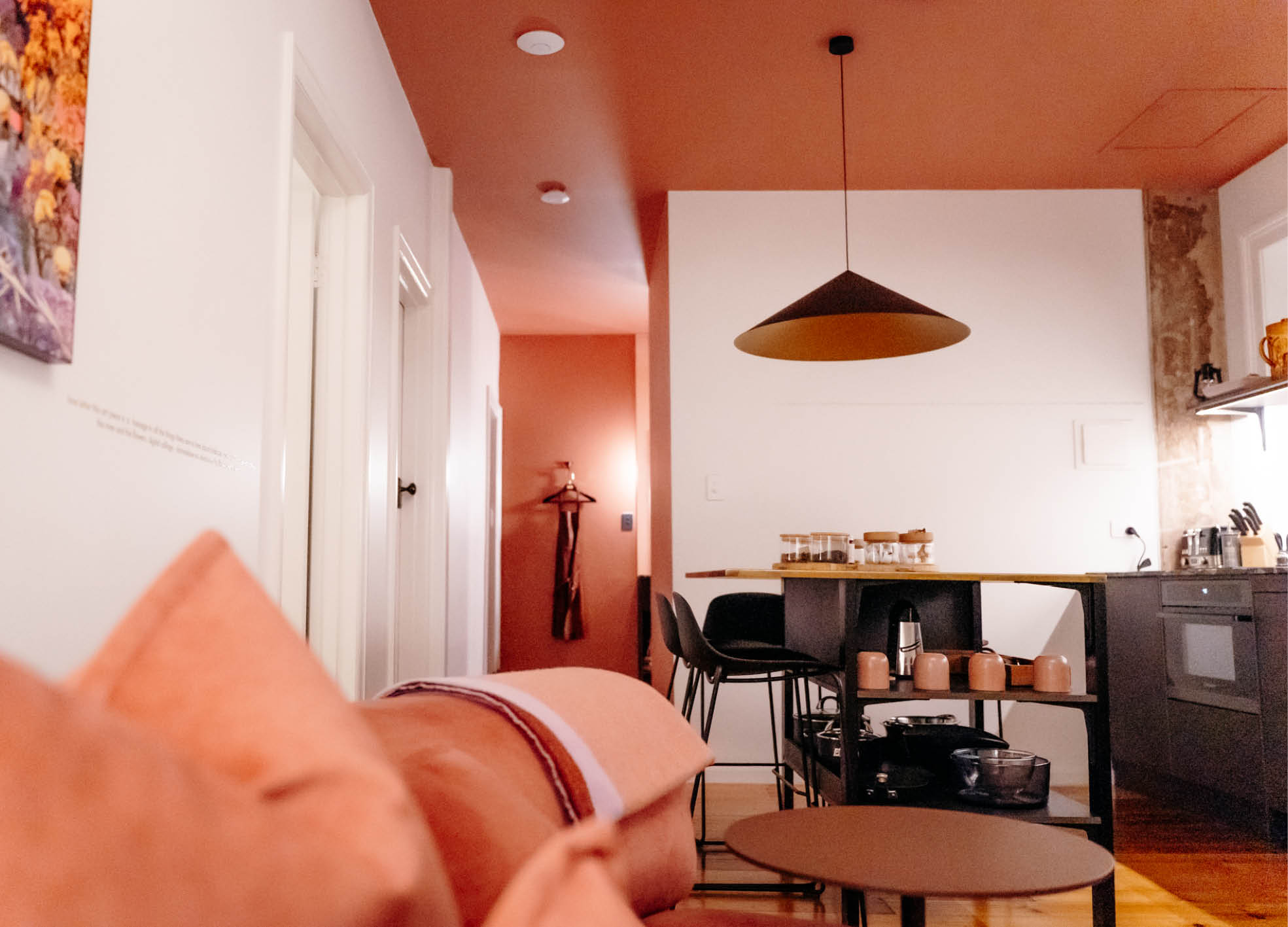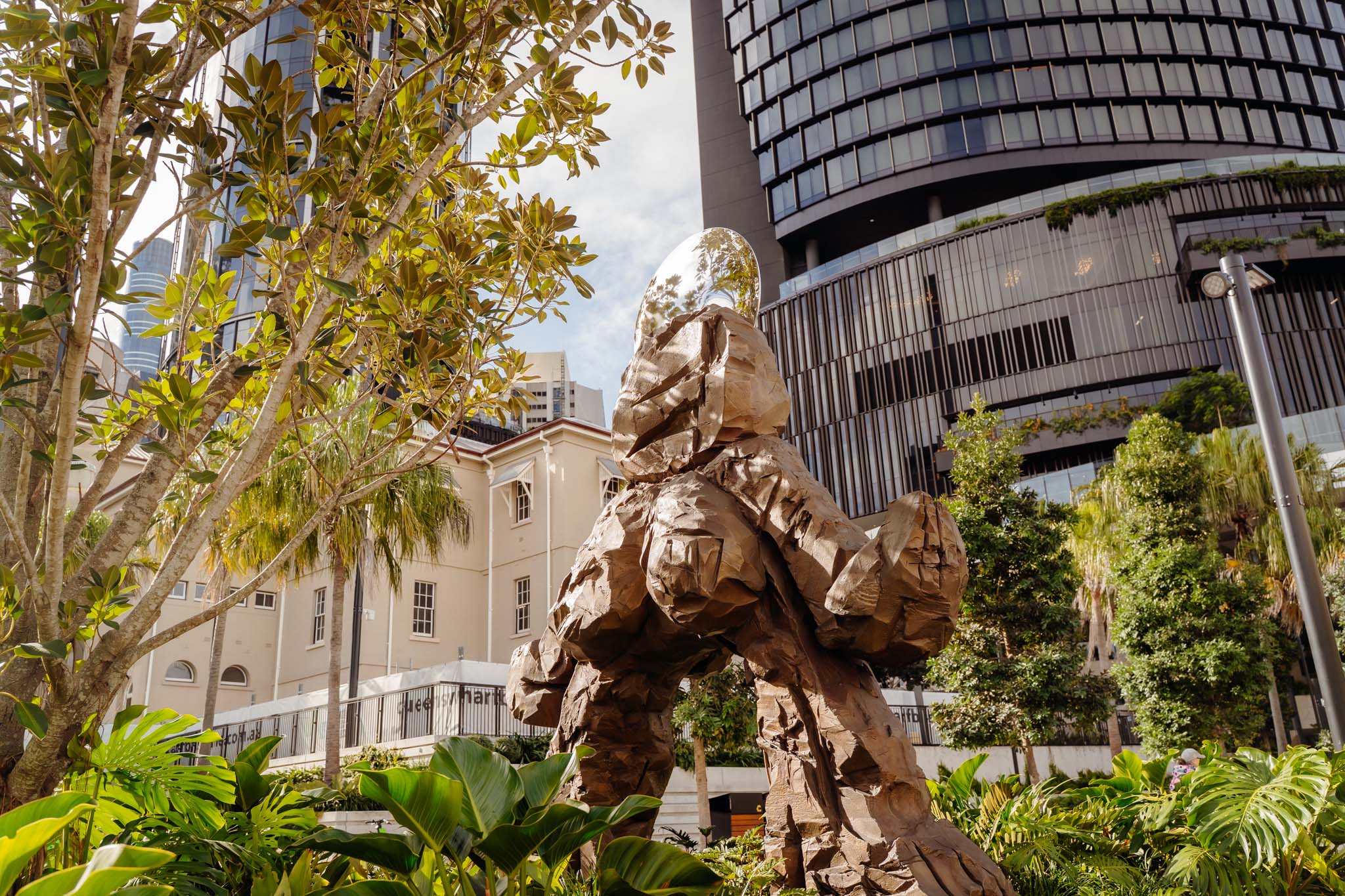Art with Heart: Vernon Ah Kee Isn’t Afraid of AI, He’s Excited By It
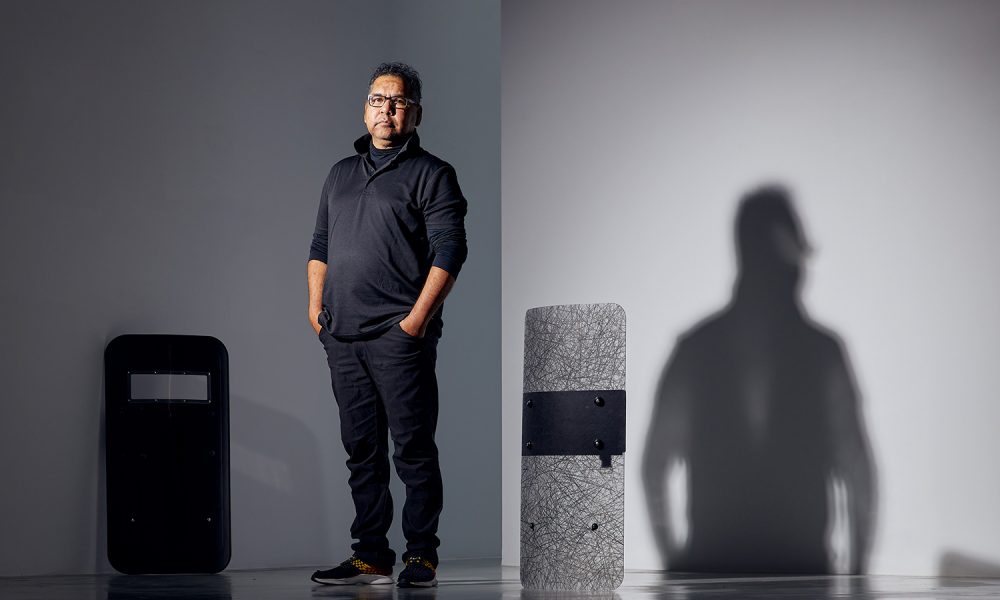
- Words by Peppermint
above VERNON AH KEE BY JOE RUCKLI COURTESY OF STATE LIBRARY OF QUEENSLAND
Art can be a powerful force for change, making a deep and moving impact on people’s hearts and minds. It can also be rad as hell. There are so many talented creatives in Australia moving and shaking to make the world a better, and more beautiful, place. We’ve introduced a new digital series called Art with Heart to showcase superstars in our local art scenes and get to know the hearts behind the art.
The State Library of Queensland’s latest exhibition, Meet the Artists, is a unique opportunity to gain a deeper insight into the minds and work of some of Australia’s most iconic creatives. Showing privately held artworks, studio materials and personal treasures from artists like Judith Wright, Luke Roberts, Fiona Foley, Leonard Brown, Anne Wallace, Sandra Selig and Eugene Carchesio, visitors to the exhibition can also watch the James C Sourris AM Collection of Artist Interviews, a series of video interviews with the artists as they reflect on their lives and the experiences that have inspired them.
Brisbane-based contemporary Aboriginal artist Vernon Ah Kee is an integral part of the exhibition with his installation Kick the Dust. The first artist to be interviewed for the James C Sourris AM collection at the project’s inception in 2010, Vernon has cut a powerful figure in the Australian and international art world over the last 30 years, working in forms as varied as charcoal, sculpture and installation.
KICK THE DUST BY VERNON AH KEE. PHOTO BY JOE RUCKLI, COURTESY OF STATE LIBRARY OF QUEENSLAND
How did you come to be an artist?
I think for most artists, it’s where you land. Suddenly you have found your spot, so you start calling yourself an artist. By the time I was 10 years old, I was obsessed. I knew that drawing was something that was very much a part of my life. I knew that at 10 years old, and I knew I wanted to make myself better; that I wanted to be better at drawing, wanting to build those skills.
For most people, I would say the interests you have when you’re a child just fall away naturally. But with drawing, that never happened to me – it actually increased as I got into my teens, and it never really went away.
I knew that at 10 years old, and I knew I wanted to make myself better, that I wanted to be better at drawing.
Throughout high school, I was more obsessed, more keen and hungry to throw myself into the technicalities of drawing and texture and tone and light and shadow. I had no instruction; it was all up to me. Living in North Queensland, there were no libraries or anything that had instructional texts, and I never had a drawing teacher, so I had to make it up as I went along. I would call myself completely self-taught.
But I think I was more keen on reaching a level of proficiency in something and then being satisfied and moving on to the next thing. And all within the scope of this thing called drawing. I wanted to show that drawing can be the centre of any form. For me, it’s a natural way of being.
TALL MAN BY VERNON AH KEE. INSTALLATION VIEW AT 14th ISTANBUL BIENNALE, 2015. IMAGE COURTESY OF THE ARTIST AND MILANI GALLERY, BRISBANE
Tell us about your creative process…
I’m a conceptual artist. I didn’t know that I was but it certainly sums up my practice the more I get into it and I’ve been at it for a long time now. Basically, I’ll have an idea; ideas gestate and they have a long gestation, so by the time I do something with them, they’re fairly formed and shaped – there’s a tone and a character to them. There’s usually a theoretical, conceptual anchoring to my ideas by the time I actually make something you can point out and say, “That’s what I made.”
For me, the ideas come fairly solidly, they land on the ground, and then I will think of a platform that supports that idea. So it might be drawing or painting or 3D or installation or video photography or some other digital forms, or some sort of virtual media or AR or AI. For me, the book is open. And I feel like I have all that scope to kind of draw from, I can set my ideas on top of. That’s my process.
I don’t think any of my works are unconnected; I think they fully support each other.
Tall Man is a good example. It starts with a four-channel video, and I had a text work and I had a drawing. Those three visual elements together anchored the idea and the idea, in turn, sat on top of those three elements. It was easy to see through them from one to the other because I made the work and there was one idea that drew them together.
I always say, if you had a big hall full of people and objects and artworks and things – not necessarily connected to what we would think of as art – if there was a big space filled with hundreds of objects, and I had one artwork that was a text work at one end and something that was a video at the other end, those two things would call to each other because I made them. They naturally have a dialogue already. I don’t think any of my works are unconnected, I think they fully support each other.
CANTCHANT BY VERNON AH KEE, 2010. INSTALLATION VIEW IMAGE COURTESY OF THE ARTIST AND MILANI GALLERY, BRISBANE
What motivates you to create?
I see myself as very much part of my family. So it goes that my history is the whole of my family’s history, and the whole of my family’s history is my history. It doesn’t occur to me that I could see myself as anything else. I can’t see myself as an individual.
For me, a big responsibility is that you make your work accessible. I think the kind of art that is a bit of a puzzle to the ordinary viewer shows the artist to be irresponsible. They are making bad art because it’s not communicating. For me, I design lots of levels of scaffolding to help do that but I make sure that my family can read my work. If they can’t, then I tear it up and start again.
I make sure that my family can read my work. If they can’t, then I tear it up and start again.
I think it has to be accessible. Or at least be well designed enough that it doesn’t take much to enter that work – the idea of it – to get a proper sense of it. I think the best work communicates well. The best work will already start with a pretty strong idea of what it is and it will communicate that
As artists, we have two jobs. You have to make something of your ideas, like actually make something and point to it, “That’s the thing I made of my idea.” And the other job is that they should be communicating by themselves. You should not have to prop it up with your presence. I think there’s a partnership, and I take it seriously.
top left GRANDDAD GEORGE, 2006 top right NOTHING IMPORTANT HAPPENED THAT DAY, 2021. INSTALLED AT SPRING HILL RESERVOIR, PHOTO BY CARL WARNER bottom SELF PORTRAIT (THE ARTIST AS A MODERN DAY ABORIGINE), 2007. IMAGES COURTESY OF THE ARTIST AND MILANI GALLERY, BRISBANE
You work with a variety of mediums including sculpture, charcoal, video and more. What draws you to them?
I get excited about the potential that each platform has for me as an artist and that’s kind of my starting point. At this point in my career, I’m used to being quite open to things I haven’t tried. I just don’t see why I should dismiss any new ideas.
A lot of visual artists are nervous about AI. AI is the thing that I’m most excited about. I think the first thing we start with when we’re talking about AI, is we throw out any kind of emotional descriptors. Like good or bad, happy or sad, angry or evil. I think if we throw that out, then we can sit it on the table and figure out what is the nature of AI and its character because we’re at the beginning. People seem really keen to pick a side, to say that it’s bad, but how do you know? We don’t know what it’s capable of. But it’s exciting.
READ MORE – ART WITH HEART: EMILY IMESON DIGS DEEP TO MAKE A POWERFUL CLIMATE STATEMENT
Is there something you can’t live without in your studio?
In terms of art practice, it’s just the tools for drawing. I don’t feel like I should ever go without them.
I now work only in charcoal – mostly because it’s my strongest tool, my strongest medium. But it’s the tool that I know what to do with. I have the strongest sense of what it can do and I still think that there’s so much that can be done with charcoal.
BRUTALITIES BY VERNON AH KEE, 2014. IMAGE COURTESY OF THE ARTIST AND MILANI GALLERY, BRISBANE
Why do you think art is important to society?
It’s funny, you should say that because that’s not a question to ask artists. Artists can answer it if they like, but it’s not a question that is worth answering for an artist.
Who do you think should be asked that question?
Society! Because we make art, how would we know? We are in an era right now where arts funding is critical. And that’s an indicator of how much the government really supports the arts in general, not just visual arts. But if you’re thinking about society, and the psychology required to kind of take on art as a meaningful part of society, I don’t know. As an artist, I don’t know how you build that.
WANT MORE ART CONTENT? RIGHT THIS WAY
What’s your favourite work of art (not your own)?
This is easy. It’s From Dreamtime 2 Machinetime (1979) by Trevor Nickolls. When I was in high school, I came across an image of it in a book. I immediately could see that I had never seen anything like it before in terms of Aboriginal art or art in Australia. This is when I was about 15 or 16.
The sense that I got from it was, this is an Aboriginal artist who has been able to give himself permission to do whatever he likes. I hadn’t seen anything like that sense of permission. Trevor Nickolls was the first one from who I derived the encouragement and confidence to just do whatever I like. He’s the single most influential artist on me. If it wasn’t for him, if he hadn’t made that work, I might have gotten to where I am, but it would have taken much longer.
MANY LIES BY VERNON AH KEE, 2017. IMAGE COURTESY OF THE ARTIST AND MILANI GALLERY, BRISBANE
What would be your dream project?
An impossible dream project would be that I get to curate the Asia Pacific Triennial of Contemporary Art. I’m Chinese; my last name is Chinese; I’m Chinese on both sides of my family. But growing up in North Queensland being a Blackfulla with dark skin and black hair, it was made very, very clear that I was not going to be regarded as anything other than Aboriginal, Aboriginal being the lowest rung.
When I travel overseas, I’m regarded as a professional artist and a professional person. As a conceptual artist, who has a fairly good history of exhibiting and some good runs on the board. And then you come back here as an ‘Aborigine’, and you’re just relegated to the bottom rung quicker than you can blink. So that would be interesting to investigate, don’t you think?
Meet the Artists runs at State Library of Queensland through 9 July 2023. Follow the link here for more details.
JOIN OUR MAILING LIST
Brighten up your inbox with our not-too-frequent emails featuring Peppermint-related news, events, competitions and more!
explore
More articles
When you hang a painting on a wall, the story stays put. But when you wear a beautifully made garment that may as well be a piece of art? The story travels. It moves through the world with you –…
We all do it: fire up the car for a 5-minute drive to pick up groceries, drop off sewing supplies, or run a quick errand…
Here’s a question: who decided that natural fibres aren’t a great fit in activewear? For Geraldton mum-of-four Jade Payne, that question became paramount after a…
Fancy a getaway in a heritage building that was once a hospital, an orphanage AND a school in a previous life? Despite what your initial…
When the algorithm gods reward dance trends over hand-thrown ceramics, and building a website feels more stressful than a tax return, where’s a maker to…
Time-travelling lungfish floating in a mosaic of glass tiles, a four-breasted female empowerment goddess cast in bronze, and a striking botanical sculpture spanning 15 metres,…
Hang out with us on Instagram
“Crafting is something that has come naturally since I was small and I just haven’t stopped. When I was smaller, I was interested in the end result. As I’ve gotten older, I realise it’s the process that keeps me coming back to craft. It’s a meditative state for me and I find the repetitive action of the stitching and felting quite therapeutic.”
Craving a world filled with warmth and whimsy? It’s all in a day’s work for textile artist @Cat_Rabbit, whose latest book, ‘Trinkets’, is bursting with felty food friends to make and cherish. Cat invited us into her universe, filled with cheeky characters, layered storytelling and loads of humour.
Plus: try the super sweet pattern for Cat’s Lucky Pickle, perfect to make as a stocking stuffer, extracted from Trinkets.
Read more from our ‘Just felt right’ feature in Issue 64, at newsagents and stockists now!
Photos: Tatanja Ross @On_JacksonStreet and Cat Rabbit
#PeppermintMagazine #CatRabbit #LuckyPickle #Craft #Crafting #Felting #FeltCrafts #Trinkets #ChristmasDecorations

Our hearts go out to everyone impacted by the Bondi Beach violence, especially the Jewish community. Also to the beachgoers, those who bravely helped and the first responders.
While it`s easy – and understandable – to get caught up in the horror of it all and direct anger at certain groups, remember this quote from teacher and author Erin Gruwell: "Don`t let the actions of a few determine the way you feel about an entire group."
“You don`t fight racism with racism. You fight racism with solidarity," said Bobby Seale of the Black Panthers. And solidarity is exactly what we need right now.
If you are feeling overwhelmed, you are not alone. Remember there is much more kindness in the world than hate. ❤️🩹
@LifelineAustralia has created a Bondi Beach Incident: Wellbeing support guide, where you’ll find information about common reactions, reassurance that what you’re feeling is valid, and ideas for taking care of your wellbeing.
https://lifeline.org.au/bondi-incident
You can also call Lifeline on 13 11 14, text on 0477 13 11 14 or chat at lifeline.org.au/crisis-chat anytime, no matter how this has impacted you.
@BeyondBlueOfficial is also available with free 24/7 support by phone on 1300 22 4636 or webchat at https://www.beyondblue.org.au/
Register.Find.Reunite. has been activated by @RedCrossAu to help people reconnect with family and friends. Visit redcross.org.au to access the service.
@NSWPolice Public Information and Inquiry Centre (PIIC) is operating 24/7 on 1800 227 228 for information relating to people impacted.
@LifeBloodAu is supporting Sydney hospitals. O- and O+ blood are always in high demand in emergencies. To donate (from anywhere in Australia – all states are welcome and helpful!) call 13 14 95 or use the Lifeblood app.

Just a reminder… from @SugarHouseCeramicCo
This holiday season be kind, patient and shop local!
#ShopSmall #ShopLocal #SupportSmallBusiness

✨️ Our website is getting a glow-up! ✨️
Sorry for the inconvenience but it will be offline for a few days. You can still purchase subscriptions (perfect for chrissy presents!) via the links on the holding page.
Last year we were extremely excited to receive funding from the Meta Australian News Fund, in partnership with the Walkley Foundation. The result of this is a fabulous new website, with a sustainable fashion and sewing directory that will follow early next year. We`ve worked with the lovely Amy and Jenny at @CrumpetClubHouse who have been making the magic happen – we can`t wait to show you the outcome! ✨️
In the meantime, please get in touch if you need help with anything – hello@peppermintmag.com
We`ll see you on the other side! 🌈

🎀 12 DAYS OF XMAS GIVEAWAYS 🎀
🎄On the 12th day of Christmas, we’re giving away… a GREENPAN FROST ICE CREAM & FROZEN DRINK MAKER! 🎄
Ice, ice, baby! Calling all kitchen magicians and dessert devotees: it’s time to churn, blend and devour your way to frozen heaven. It’s our final giveaway – and hoo girl, it’s a goodie! Thanks to the clever folks at @TheOriginalGreenPan.Anz, one reader will cool their mitts on the Frost Ice Cream & Frozen Drink Maker – perfect for conjuring up home-made gelato, sorbet, smoothies, slushies and more!
Valued at $599, the Frost Ice Cream & Frozen Drink Maker is designed with GreenPan’s signature Thermolon™ ceramic non-stick coating, so you can whip up summer-ready sweet treats free of PFAS, PFOA, lead and cadmium.
To snag this frosty prize, follow @TheOriginalGreenPan.Anz and tag a friend in the comments below before midday AEST 15 December! (Australian and New Zealand addresses only, please.) Good luck!
Update: The lucky winner of our final giveaway is @just__for__van - congrats! We`ll dm to get your details. Well done! 🎉
#PeppermintMagazine #12DaysOfChristmas #12DaysOfGiveaways #GreenPan

Oh hey 👋🏼 Just a little reminder that our subscriptions are sent in paper envelopes, which is a bit of a rarity in our industry. 💅🏼
If you need more reasons to subscribe, how about these:
💌 Enjoy a new issue arriving in your letterbox every six months.
💌 Subscribers exclusively receive FOUR digital sewing patterns per year!
💌 You’ll be the first to get your hands (and needles) on our patterns with early access.
💌 Get a 20% discount code on back issues of Peppermint so you can start your collection today!
💌 Automatically go in the draw to win amazing prizes each issue.
💌 Feel good about your subscription arriving in plastic-free postage.
💌 Support a small, women-led Australian business.
💌 Help us make the world a better place!
And... it`s a perfect Christmas present! We have a downloadable card you can print to go with your gift.
💌 Link in bio!
#PeppermintMagazine #SupportSmallBusiness #ShopLocal #ShopSustainable #PlasticFree

